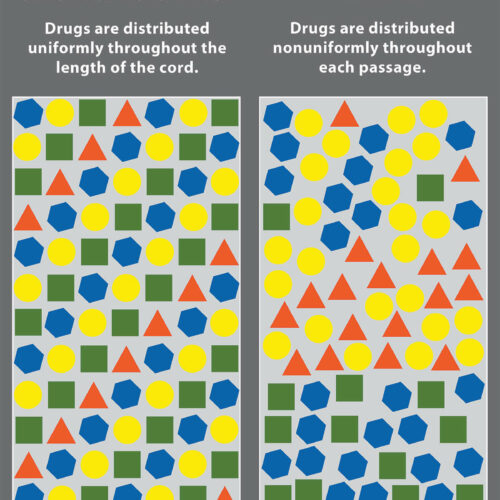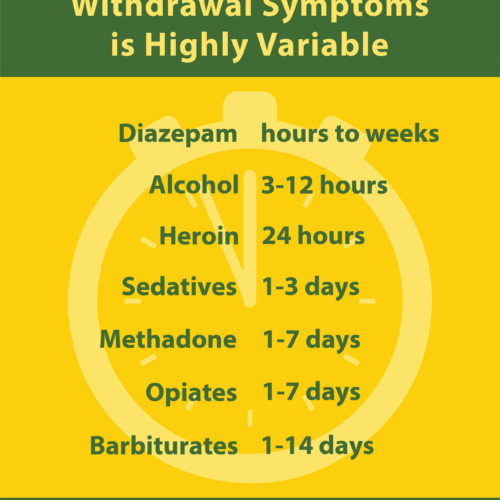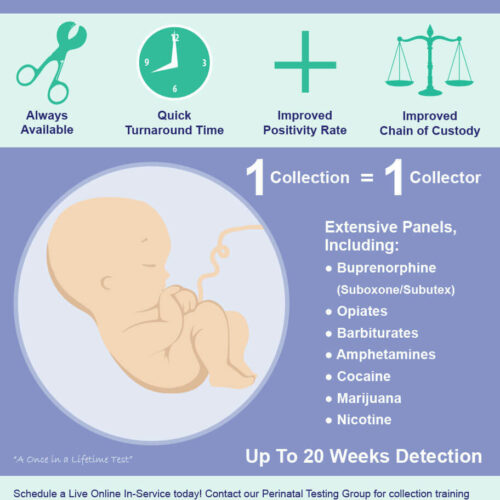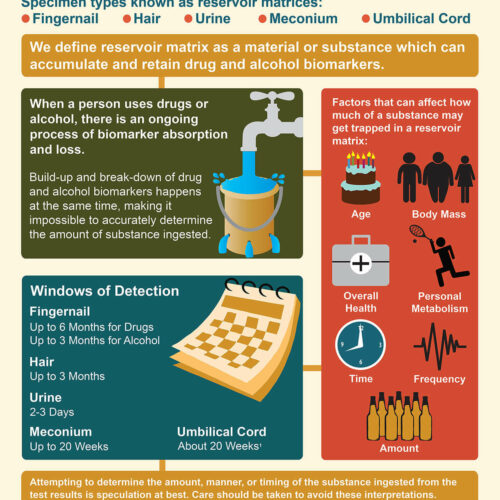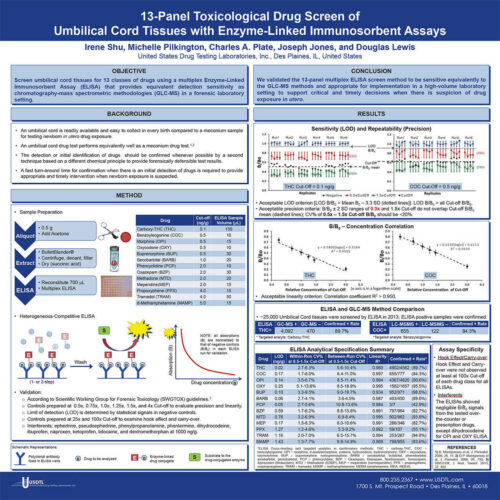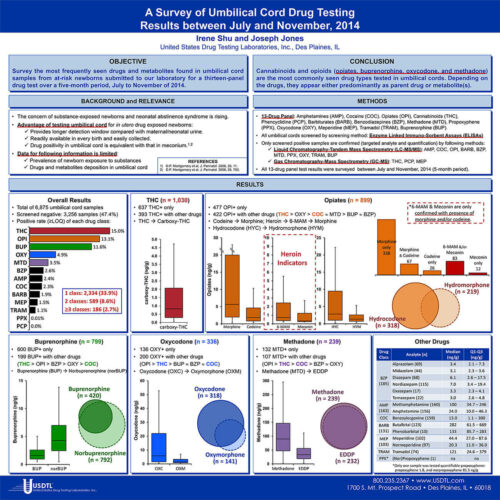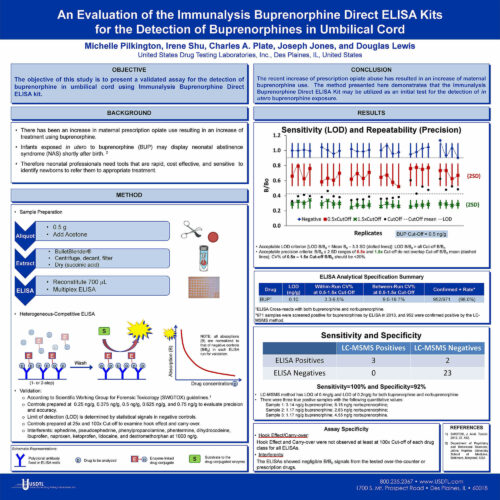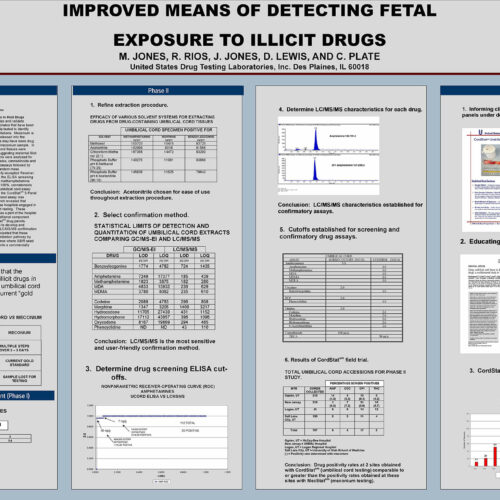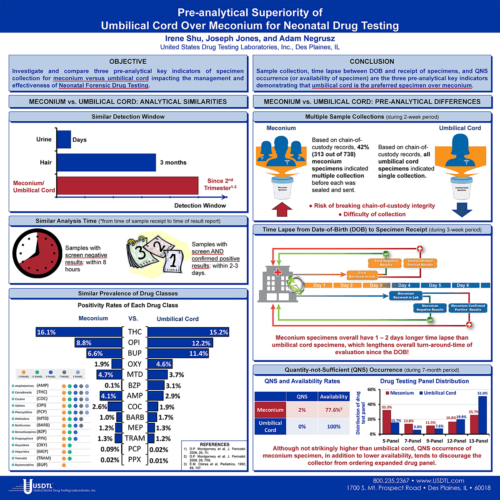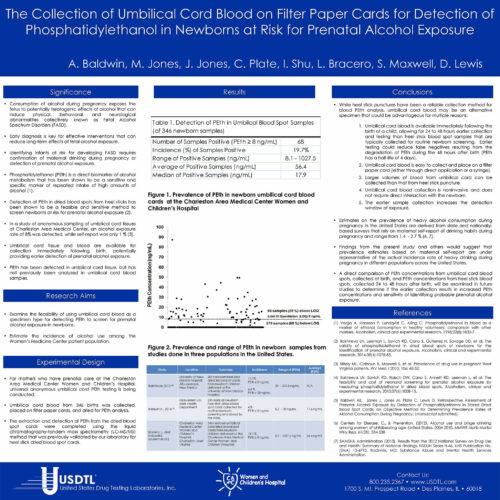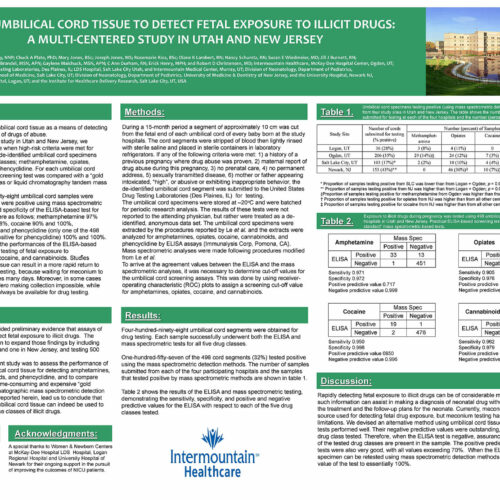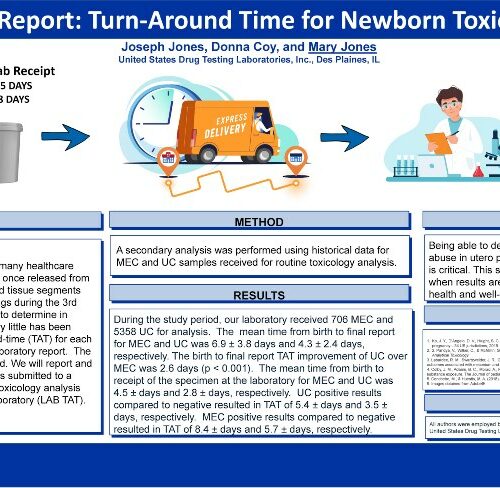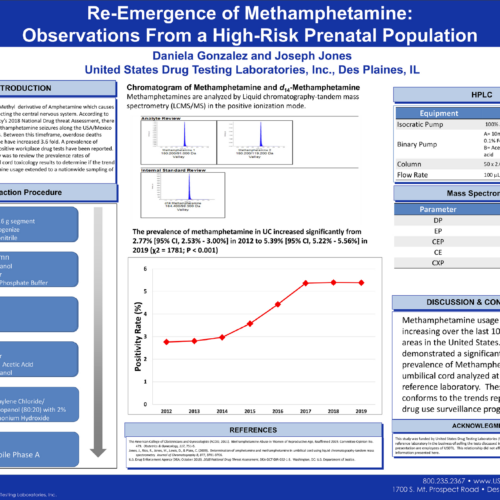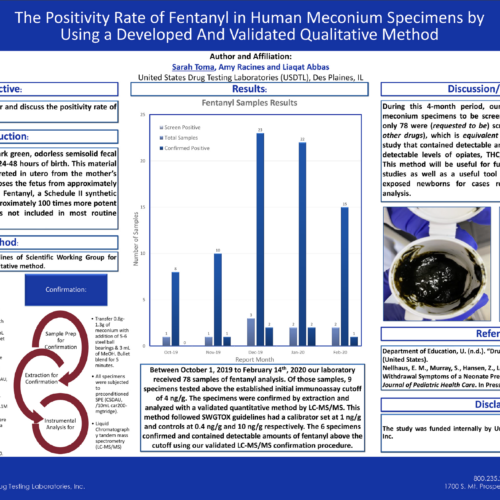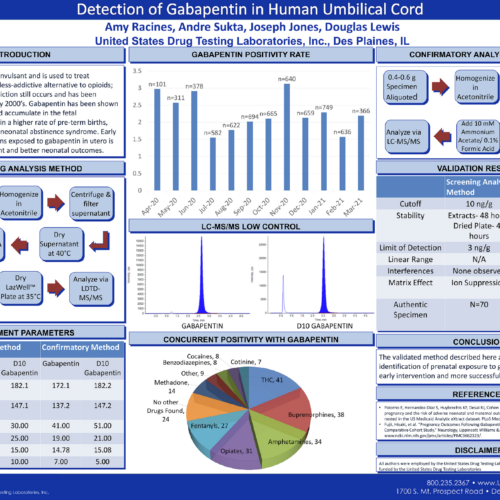Umbilical Cord Resources
Umbilical Cord Resources
Umbilical Cord Tissue Drug Testing Umbilical Cord Tissue Drug Panels
Umbilical Cord Tissue Collection Instructions
Umbilical Cord Tissue Videos
The Importance of Following Forensic Principles in Newborn Drug Testing by Dr. Irene Shu
Umbilical Cord Tissue Infographics
Umbilical Cord Tissue Poster Presentations
Umbilical Cord Tissue Articles
Ask the Tox 01-Aug-2017
Meconium Collection: Nothing More, Nothing Less 01-Aug-2017
Why is Confirmation Testing Necessary? 01-Aug-2017
Newborn Testing For Alcohol Biomarkers 11-Nov-2016
Who Cares About Chain of Custody? 11-Nov-2016
Breaking the Blood Barrier 01-Dec-2015
Real Time Data 03-Aug-2015
A Moment In Time 02-Feb-2015
Lost Opportunities 02-Feb-2015
Marijuana Use in Pregnancy 01-May-2013
Identifying Alcohol-Exposed Newborns 01-Oct-2012
Newborn Direct Ethanol Biomarker 01-Oct-2012
Umbilical Cord Tissue Announcements
Lowest Fentanyl Cutoffs in Umbilical Cord Tissue
06-Dec-2021
We offer fentanyl cutoff levels for umbilical cord tissue testing that are lower than anyone else in the industry.
Gabapentin Detection in Umbilical Cord
01-Apr-2020
18-Apr-2016
USDTL is now ISO/IEC 17025 Accredited
22-Sep-2015
USDTL Umbilical Cord Tissue Research
Using Umbilical Cord Tissue to Identify Prenatal Exposure to Fentanyl and Other Commonly Abused Drugs 31-May-2022
USDTL Umbilical Cord Tissue Assisted Research
View All USDTL Assisted Research
Foundational Umbilical Cord Tissue Research
There are currently no Foundational Research articles available. Please check back later.
View All Foundational Research
Contact USDTL
1.800.235.2367
Client Services
By Phone: 1.800.235.2367
Business Hours (CST)
Monday....................7am-7pm
Tuesday....................7am-7pm
Wednesday.............7am-7pm
Thursday..................7am-7pm
Friday........................7am-7pm
Saturday...................8am-5pm
Newsletters, Posters, and Catalogs
Our print materials will keep you up to date on the latest news in drug and alcohol testing.
Request Your Collection Supplies
For your convenience, USDTL provides test collection supplies at no additional charge.

















